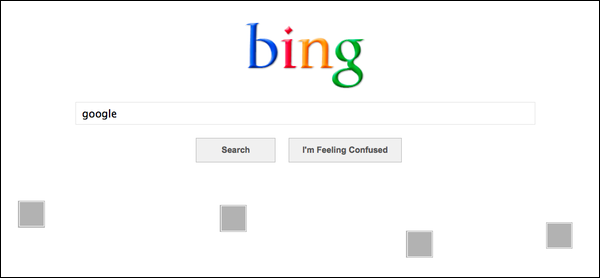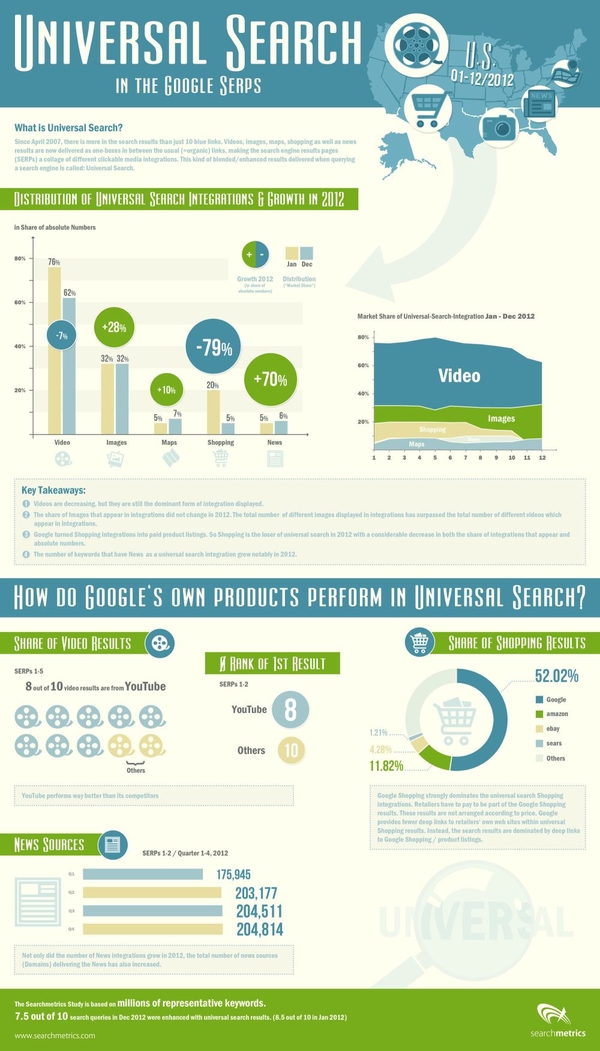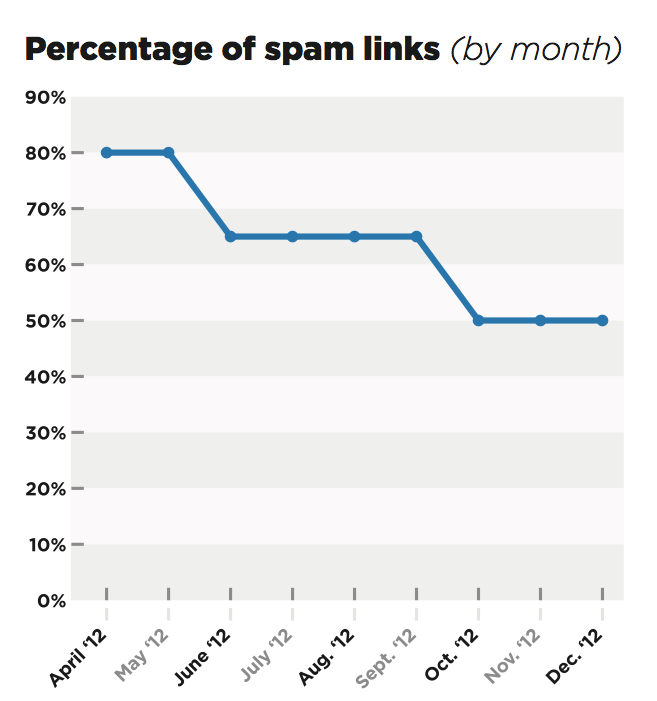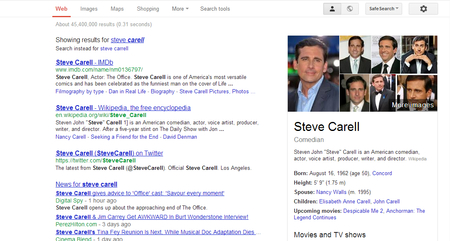 Content marketing is becoming more and more of a talking point for SEO services as more people realize they can’t try to trick search engines with pages strictly for the search crawlers and shady link profiles, but many don’t realize this is also changing the standards for content.
Content marketing is becoming more and more of a talking point for SEO services as more people realize they can’t try to trick search engines with pages strictly for the search crawlers and shady link profiles, but many don’t realize this is also changing the standards for content.
Content has always been an important part of an SEO campaign, but it is indisputable that its status is being raised within Google and they are tightening their guidelines. You can’t just stuff keywords into a wall of barely legible text and expect Google to think your page has value. Now your content must be informational, resourceful, and actually captivating.
The biggest question for most is what type of content they need. If they’ve done any research, they might come to you with a list of types of content like infographics and webinars they “need” according to “the internet”, but more likely you will just get asked the broad question of what type of content will be needed. Once you know their business, you can probably make some good guesses, but making a wide statement for what type of content works is a farce.
While blog posts are always a good place to start with creating content, infographics or ebooks will only help relevant areas. A nursing home probably won’t be able to find a relevant infographic, because that way of delivering information doesn’t work well for portraying the complex and focused care they will be giving loved ones. Similarly, videos don’t make much sense for a photographer to have, and tutorials don’t have much place in a medical website.
Most importantly, the content has to be quality, and it has to fit your companies needs. Even if you are delivering daily blog posts and guest blogs, they won’t have any effect if they aren’t worth reading. The best way to know what type of content you need to be making is trying to think like your competitors and customers. If you can make users happy with your website, you are already well on your way to making Google happy with your content.
Speaking of your competitors, you can do competitive analysis to find out what is working for them. I don’t mean scoping out their site and seeing what they have that you don’t. Instead you can use a number of sites and tools to see what is doing well on their site compared to yours, which will give you a good indication what type of content you should be making. Josh McCoy collected a few of those for you to get the jump on your competition.









